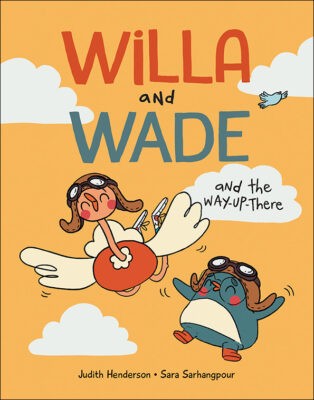
Willa and Wade and the Way-Up-There
Judith Henderson
Illustrated by Sara Sarhangpour
Kids Can Press
$16.99
cloth
40pp
9781525308420
In Willa and Wade and the Way-Up-There, every frame is thoughtfully animated, giving off the sense that readers are watching their favourite cartoon. The characters are just so cute and likeable in their demeanor. Determined on their quest to fly, it seems like Wade has all of the brilliant ideas while Willa is his biggest supporter. They experiment by moving at top speed to get a running start or try ballet to achieve lift-off, but at every attempt, they literally fall flat in their efforts. This doesn’t stop them from having fun, however, and as they carry on with their antics, surprisingly, they only get closer to their goal. From beginning to end, author Judith Henderson and illustrator Sara Sarhangpour make sure that readers are laughing and smiling along with the adorable pair of pals in this story as they reach for the sky.mRb






Appreciate this review. Many Thanks.